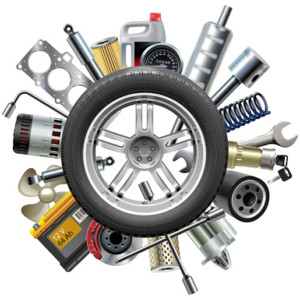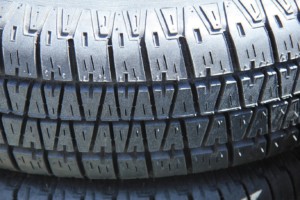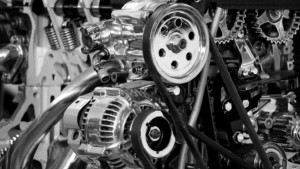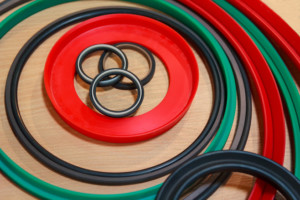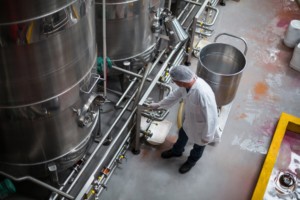 Rubber mounts are essential for minimizing shock and vibrations throughout your machine, especially the engine. Rubber mounts reduce the transfer of noise and vibration frequencies to other parts of a machine or the frame or chassis of the engine and, in turn, minimize wear and tear.
Rubber mounts are essential for minimizing shock and vibrations throughout your machine, especially the engine. Rubber mounts reduce the transfer of noise and vibration frequencies to other parts of a machine or the frame or chassis of the engine and, in turn, minimize wear and tear.
They reduce the transmission of vibrations by absorbing the vibrating frequencies. When the frequencies get absorbed, the engine or the machines function smoothly.
But when the vibrations are not absorbed, they affect the engines or machines’ performance. The guide below outlines the benefits of using rubber mounts on your machines.
 Do you have a major project coming up that needs rubber products? You need to choose an ideal rubber product manufacturer that is fit for your specific rubber needs.
Do you have a major project coming up that needs rubber products? You need to choose an ideal rubber product manufacturer that is fit for your specific rubber needs.
